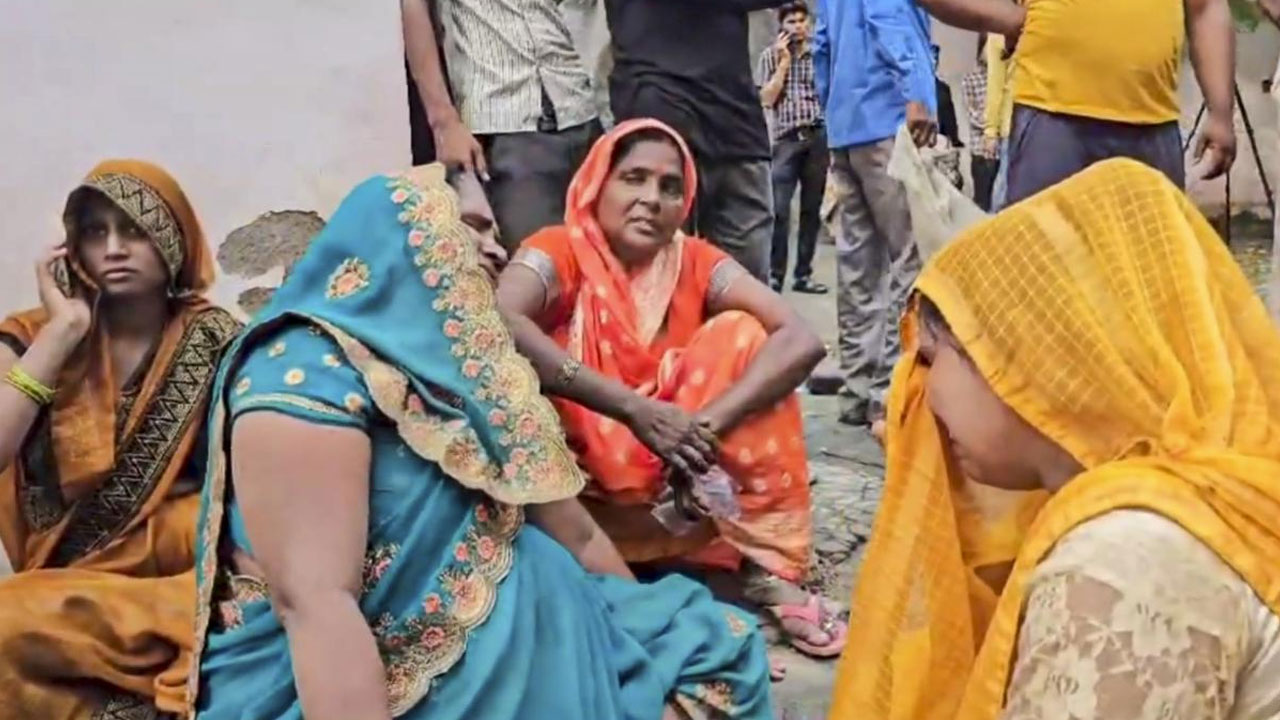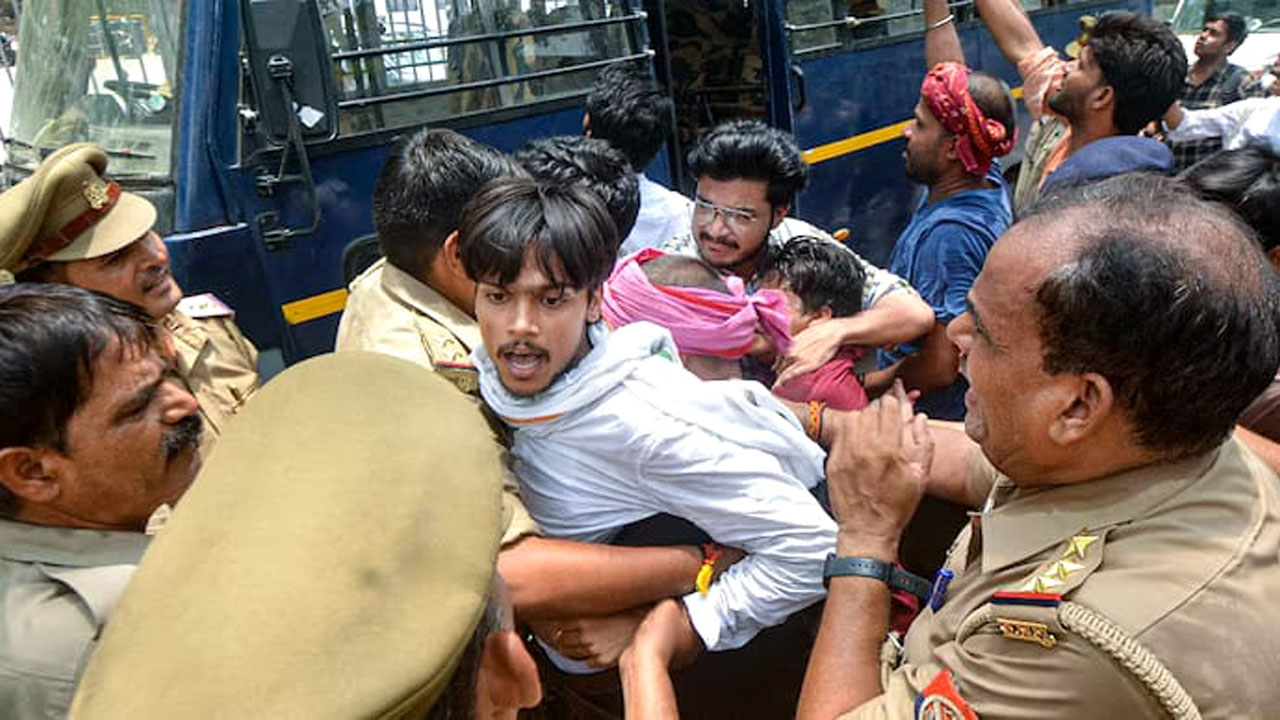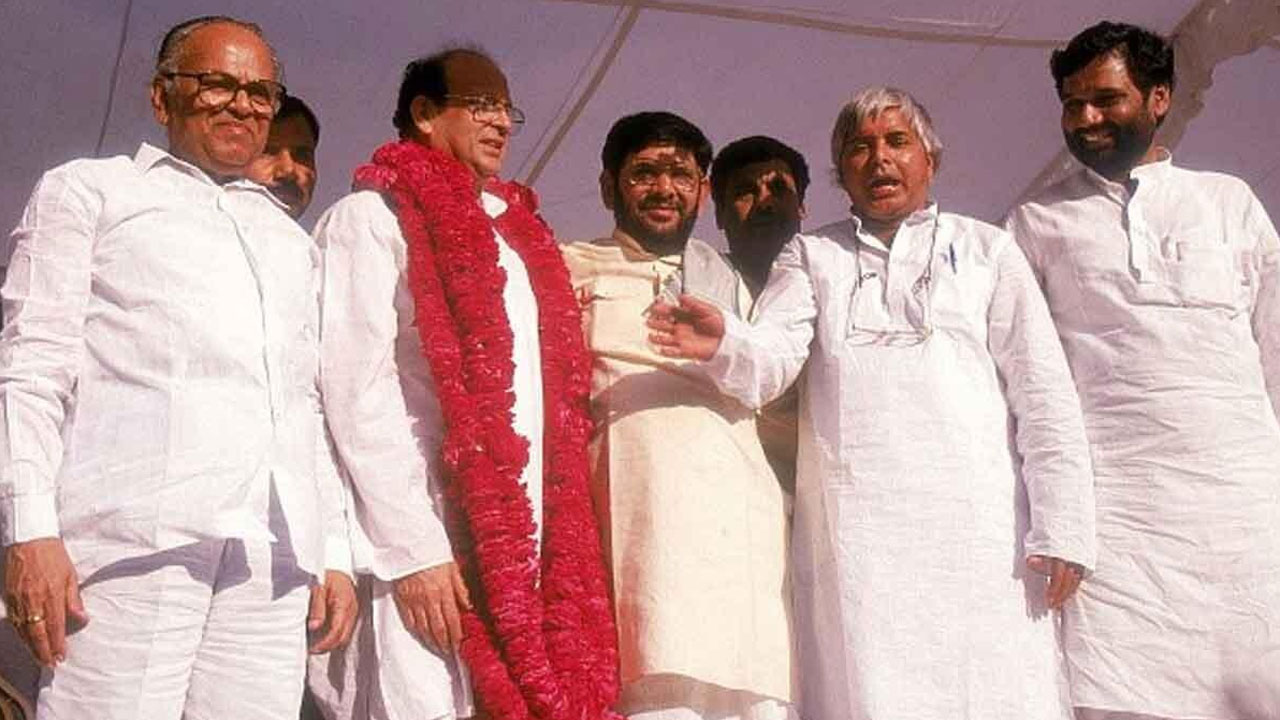
The Indian media, barring a tiny section, has now turned itself into a propaganda machine for the state’s ideology and majoritarian sentiments. This is not to say that earlier, the mainstream media was fully objective, but now with its coverage of the ongoing Kashmir crisis, it has gained new notoriety.
Even in a bourgeoisie democracy, the media is expected to be neutral in reporting on events, to bring to its readers and viewers all dimensions, but the Indian media, especially the 24×7 TV news channels, has fallen far short of such norms. These news channels continue to present the Kashmir issue with a claim that they themselves are “free” and “independent” but largely, the army and the governments write their scripts. These channels have so far telecast everything except the views of the victims.
Let me first discuss the coverage of the popular Hindi news channel Aaj Tak. The focus of a news programme aired recently wasn’t the untold sufferings of the Kashmiris at the hands of the highly militarized state, but the casualties that the armed forces has suffered. The channel shed tears and beat its chest as it reported that the army personnel were being brutally attacked by the militant Kashmiris and their lives were in a great danger.
Simply put, this is an exaggeration. The protesters will never be able to match the brute force of the state machinery, thanks to which hundreds of civilians have sustained injuries, lost their eyesight, while dozens of them have lost their lives. The curfews have left a large population to live with a scarcity of food items and medicines. Their sufferings are further aggravated by the suspension of phone and internet services whenever the state wishes. But Aaj Tak and the rest of the media have such a blinkered view that they can only see the Indian armed forces as the victim.

The same media has tried its best to hide the militarization of Kashmir for decades. Kashmir remains one of the most militarized zones in the world where people are stopped, frisked, interrogated and asked to prove that they are not a “threat” to security on a daily basis. The whole region is permanently under surveillance and in a state of emergency.
Even when it comes to reporting on the plight of the armed forces, how sincere is the media? Do they have courage to tell the people that the real threat to the lives of armed forces personnel, recruited mostly from lower strata of society, are not militants but the militarization?
The second example is the representation of Burhan Wani by Zee News, a Hindi news channel notorious for sensationalizing and communalizing issues, including the 9 February 2016 JNU controversy. The news channel showed Wani wearing a green headband inscribed with Islamic religious symbols. Such a depiction attempted to create an impression that the anger and struggle in Kashmir is inspired by a religion. Thus, it tried to convert a purely political issue into a religious issue.
Such a message yields a number of benefits for the Indian political elite: it polarizes society along religious lines, kills support for the victims and cultivates majoritarian sentiments for electoral gains.





